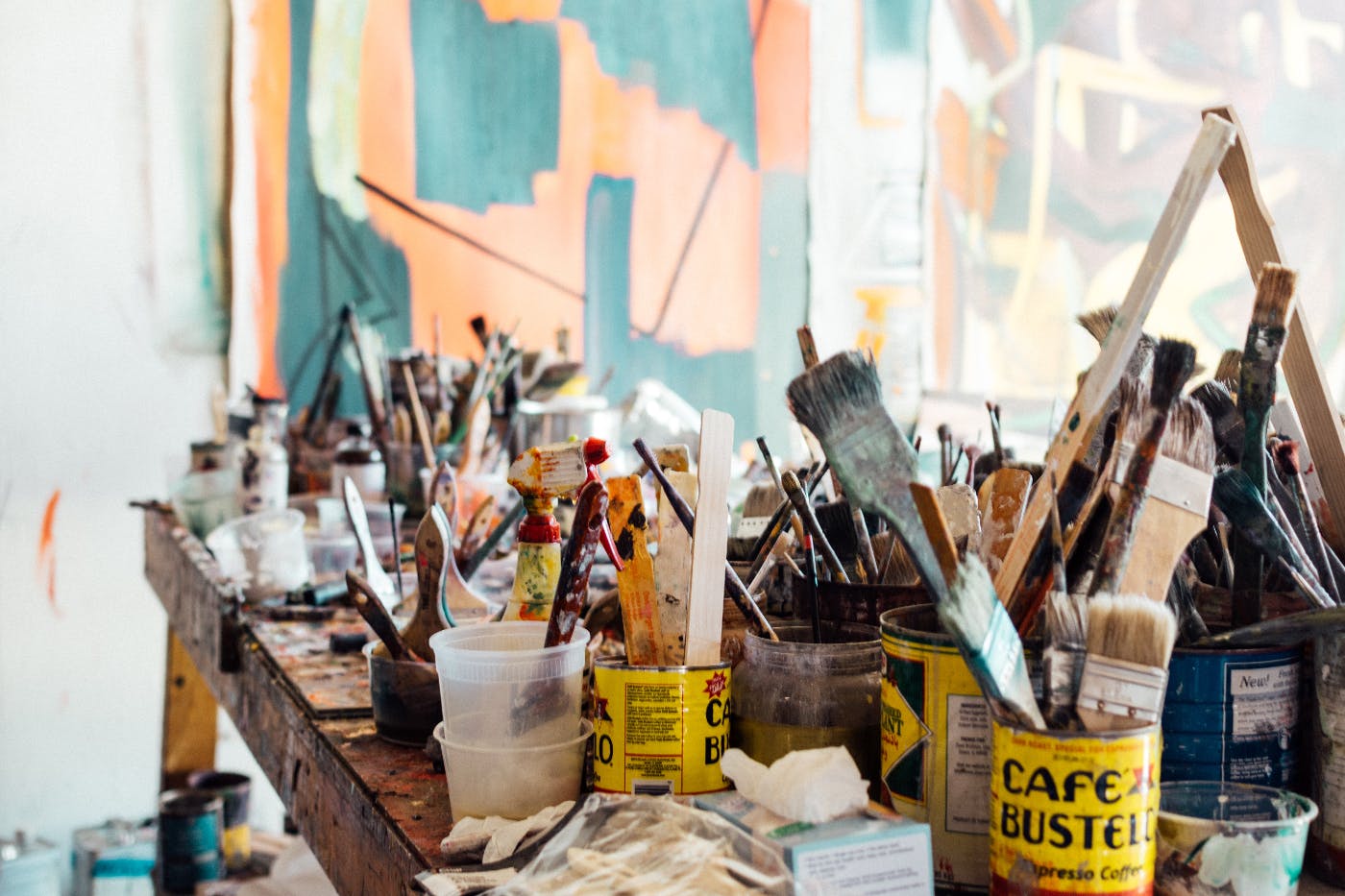
The relentless pursuit of perfection often comes at a cost, stifling our creativity and hindering our ability to grow and evolve.
In a world driven by productivity and achievement, the pursuit of perfection can feel like an essential aspect of our lives. We strive for perfection in our work, relationships, appearance, and even in our creative endeavors. However, the relentless pursuit of perfection often comes at a cost, stifling our creativity and hindering our ability to grow and evolve. In this article, we explore the art of letting go of perfection and how cultivating a creative mindset can lead to greater fulfillment and personal growth.
Perfectionism: The Double-Edged Sword
Perfectionism can be a double-edged sword, driving us to achieve great heights but also leaving us feeling unfulfilled and anxious. On the one hand, the pursuit of perfection can motivate us to put in extra effort and strive for excellence. It can lead to polished work and accomplishments that we can be proud of. However, when taken to the extreme, perfectionism can paralyze us with fear of failure and prevent us from taking risks. It can also diminish our self-esteem, as we never feel good enough, regardless of our achievements.
In the realm of creativity, perfectionism can be particularly detrimental. Whether you're an artist, writer, musician, or any other kind of creative individual, the fear of not meeting impossibly high standards can block the flow of inspiration and innovation. It creates an environment where creative ideas are stifled and suppressed in the quest for flawlessness.
Embracing Imperfection as a Path to Growth
The first step towards cultivating a creative mindset is to embrace imperfection. Recognize that nobody is perfect, and that includes even the most renowned artists and creators. Every masterpiece, whether it be a novel, painting, or musical composition, has imperfections if you look closely enough. These imperfections are what make art human and relatable.
Letting go of perfection does not mean settling for mediocrity. Instead, it means accepting that mistakes and flaws are natural parts of the creative process. It involves viewing these imperfections as opportunities for growth and learning. When we allow ourselves to make mistakes and learn from them, we open up the doors to innovation and progress.

The Power of Vulnerability
At the heart of embracing imperfection lies vulnerability. Allowing yourself to be vulnerable as a creative person means putting your authentic self and your work out into the world, even if it's not perfect. Vulnerability can be uncomfortable, as it requires acknowledging that our work may not be universally praised or well-received. However, it is also an essential aspect of connecting with others on a deep and meaningful level.
When we are vulnerable in our creative expression, we invite others to relate to our experiences and emotions. It creates an emotional resonance between the artist and the audience, fostering a deeper connection. Through vulnerability, we can build a community of like-minded individuals who appreciate and support our work, flaws, and all.
The Iterative Process of Creation
Adopting a creative mindset involves understanding that the process of creation is iterative. Instead of expecting a perfect end product right from the start, embrace the idea that creativity is a journey with twists and turns. Like a sculptor refining a clay model, the creative process often involves shaping and reshaping ideas until they reach their full potential.
Allow yourself to start with rough drafts, sketches, or raw ideas. Letting go of the pressure to produce a flawless first attempt liberates your mind, enabling you to experiment, take risks, and push the boundaries of your creativity. As you iterate and refine your work, you will witness its transformation and growth, leading to a final product that is more authentic and representative of your creative vision.
Cultivating a Supportive Environment
Creativity thrives in a supportive and nurturing environment. Surround yourself with people who encourage your creative pursuits and understand the importance of letting go of perfection. Collaborate with fellow artists or join creative communities where constructive feedback is valued over harsh criticism.
Avoid seeking validation solely from external sources. While positive feedback can boost your confidence, relying solely on external validation can perpetuate the cycle of perfectionism. Instead, focus on your personal growth and celebrate the progress you make in your creative journey, no matter how small.
Embracing the Joy of Creation
In the relentless pursuit of perfection, we often forget the joy that comes from the act of creation itself. Rekindle your passion for your creative endeavors by shifting the focus from the end result to the process. Engage in your creative activities for the sheer pleasure they bring without the burden of perfectionist expectations.
Explore different forms of creative expression and experiment with new techniques or styles. Remember that creativity is not limited to traditional artistic pursuits; it can be found in problem-solving, innovation, and even everyday activities. By embracing a playful and curious attitude towards creativity, you free yourself from the chains of perfectionism, making room for authentic expression and novel ideas.

Finding Balance and Self-Compassion
Letting go of perfection does not mean abandoning the pursuit of excellence altogether. It means finding a healthy balance between striving for improvement and acknowledging that perfection is an unattainable goal. Embrace the concept of self-compassion, treating yourself with the same kindness and understanding you would offer to a friend.
When you make mistakes or encounter setbacks, be gentle with yourself. Instead of berating yourself for not meeting impossible standards, treat these moments as opportunities for growth. Self-compassion allows you to bounce back from failures with resilience and continue your creative journey with renewed enthusiasm.
Recap
The subject explored in this article revolves around letting go of perfection and adopting a creative mindset. It delves into the detrimental effects of perfectionism on creativity and personal growth, emphasizing the importance of embracing imperfections as opportunities for learning and innovation. The power of vulnerability and the iterative nature of the creative process are highlighted as crucial elements in cultivating a supportive environment for creativity. By focusing on the joy of creation and practicing self-compassion, individuals can strike a healthy balance between striving for excellence and accepting that perfection is unattainable. Ultimately, letting go of perfection leads to greater fulfillment and authentic self-expression in one's creative journey.
Conclusion
Letting go of perfection and cultivating a creative mindset are transformative processes that lead to greater fulfillment, growth, and authentic self-expression. Embrace imperfection as an inherent part of the creative process, and allow yourself to be vulnerable in sharing your work. Emphasize the journey of creation over the destination, and find joy in the act of bringing your creative ideas to life. By creating a supportive and compassionate environment for yourself, you can unleash the full potential of your creativity and make a meaningful impact on both your life and the world around you.

